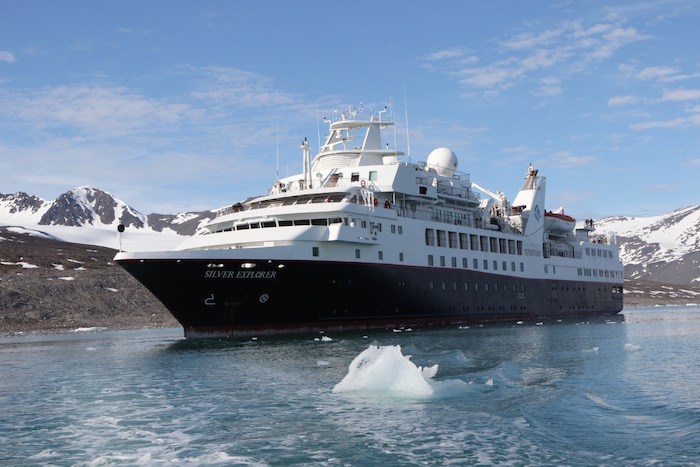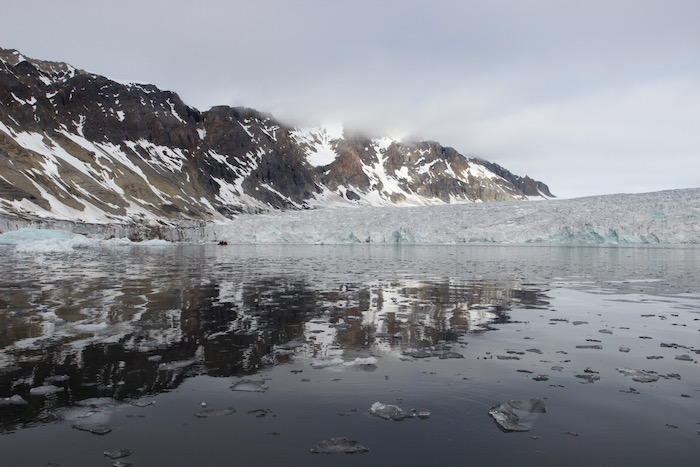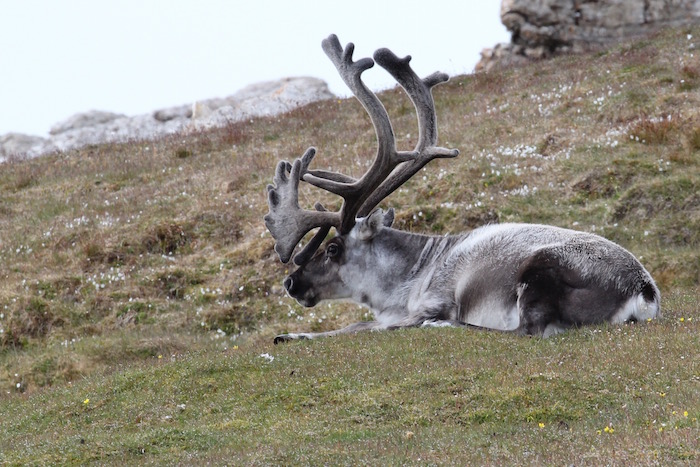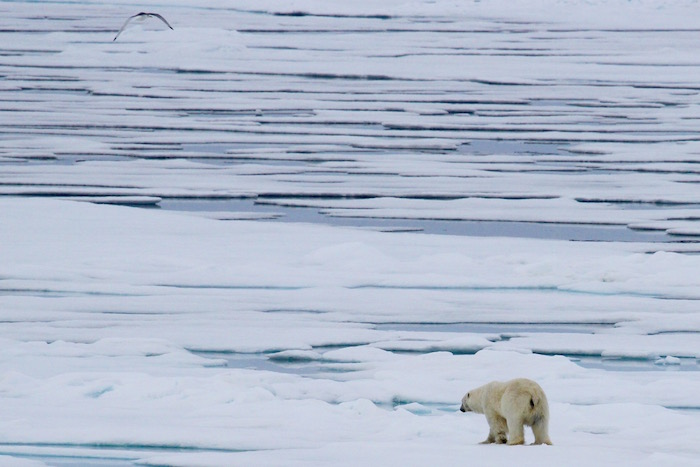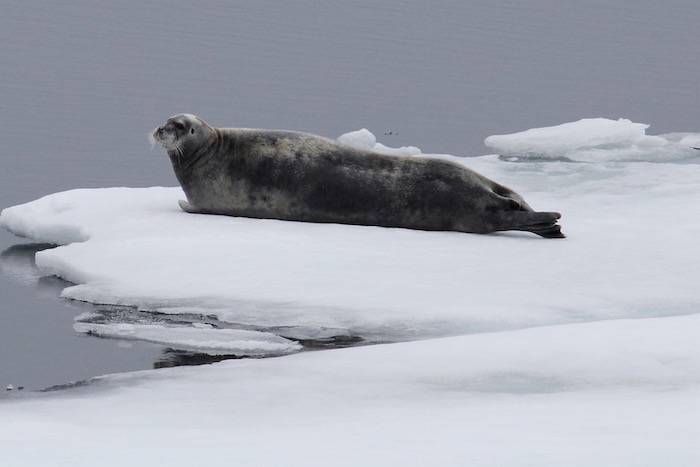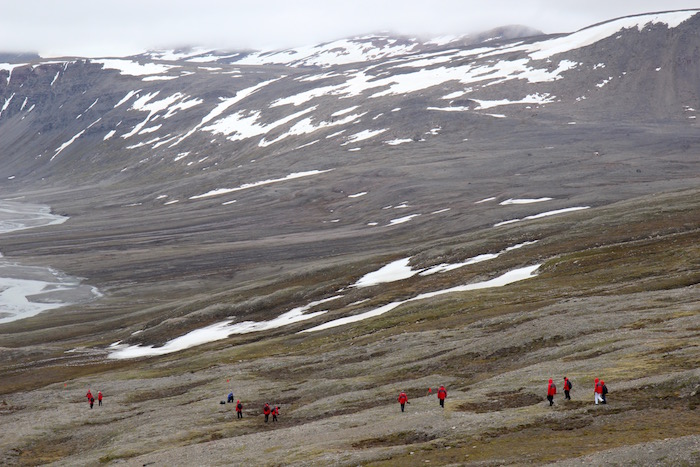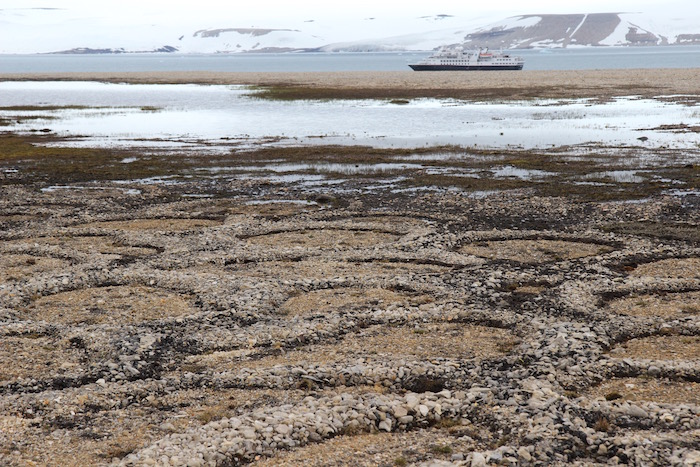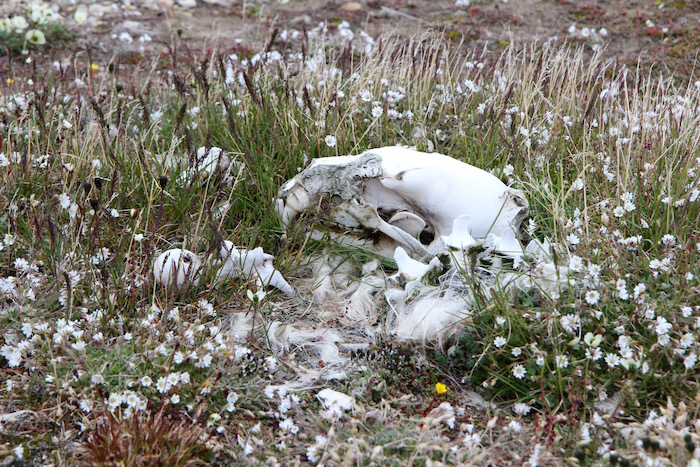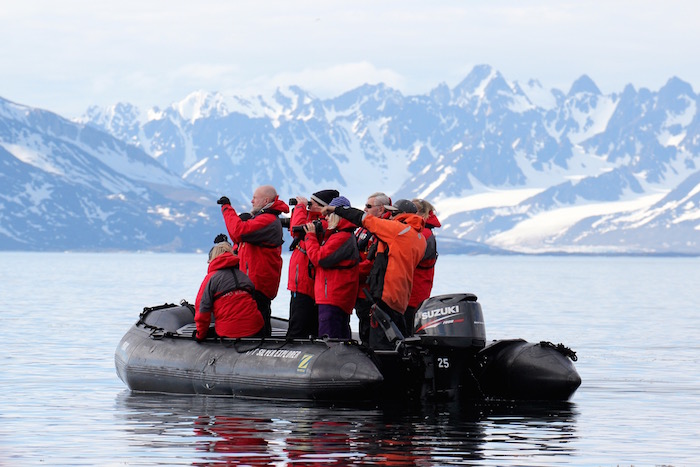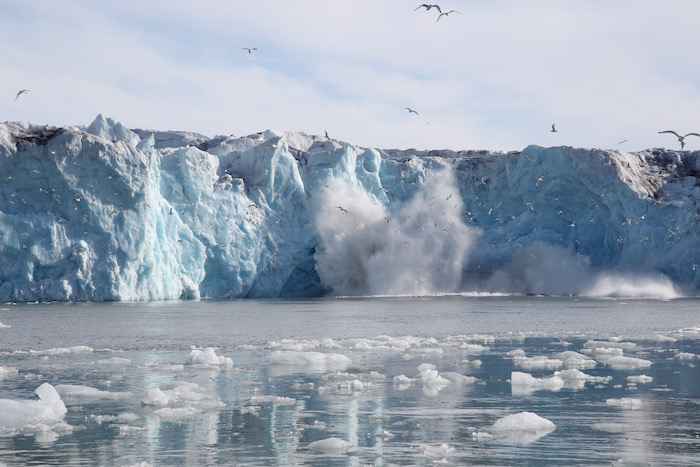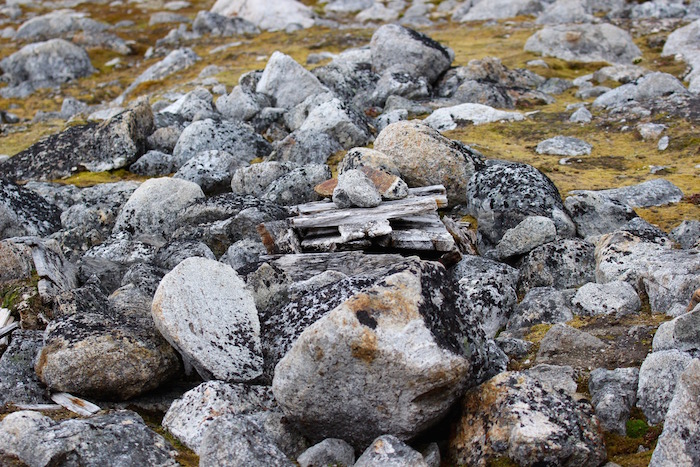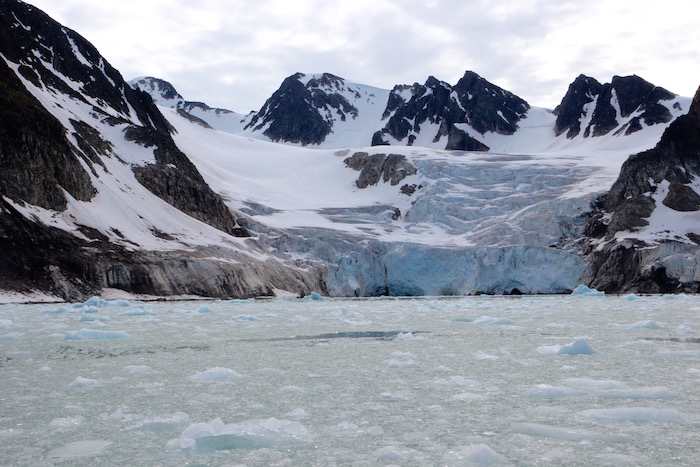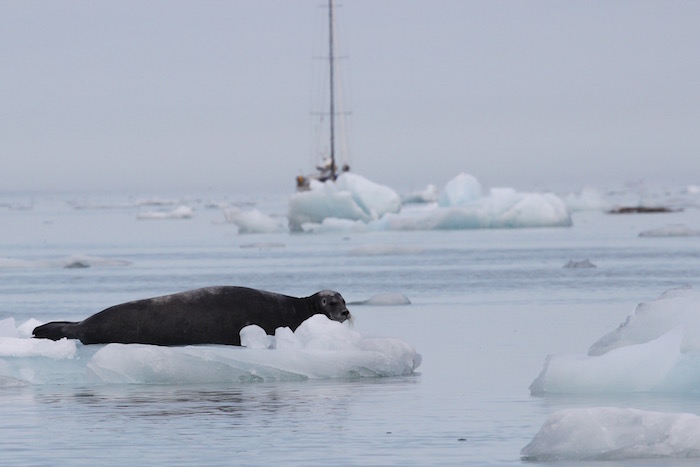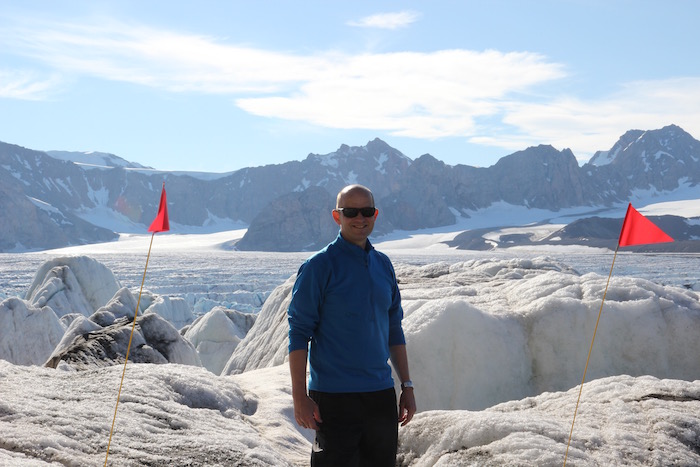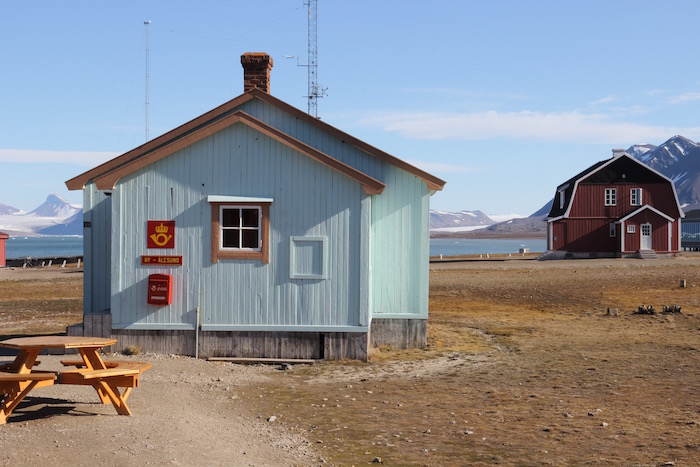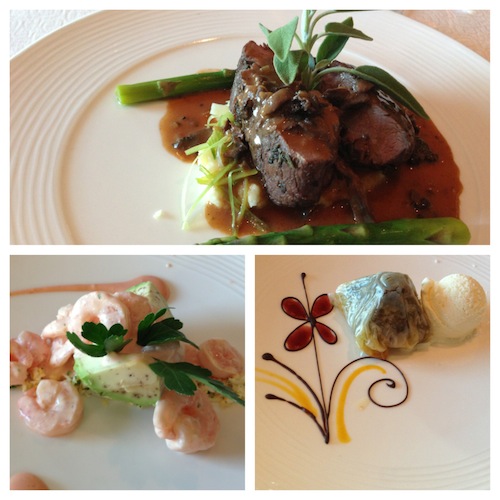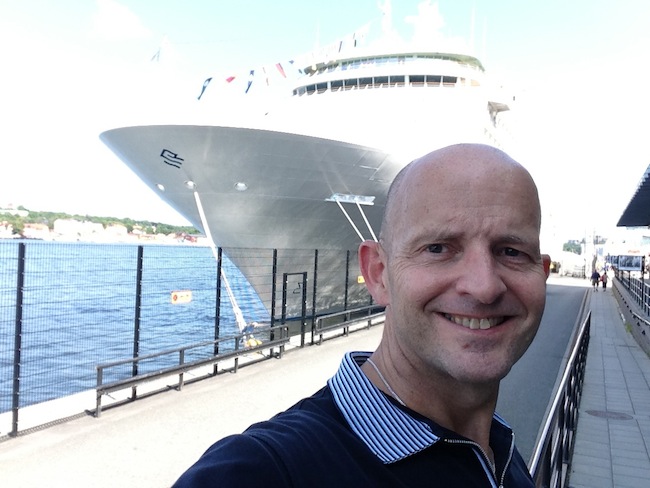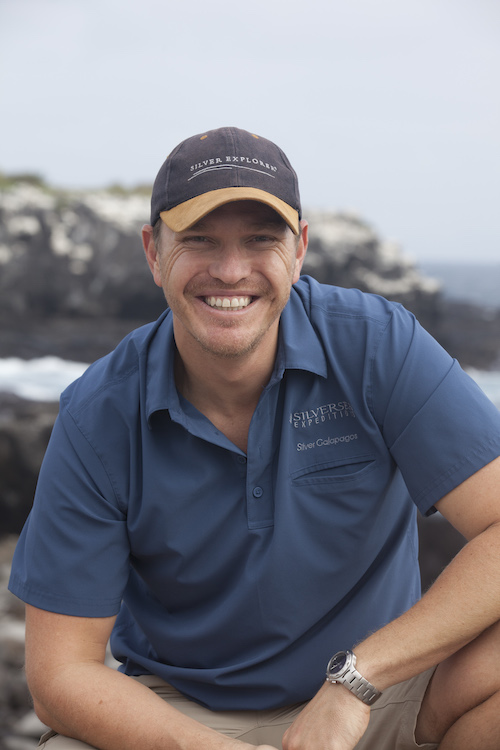Silversea Arctic Cruise Day-by-Day. Expect the Unexpected!
Expect the unexpected, be flexible and constantly be on the look out for wildlife. These were three things that I learnt to be prepared for throughout my Silver Explorer Arctic cruise. While the Expedition Team and Captain know where the ship is heading (to explore the Arctic island of Svalbard north of mainland Norway) and have a rough plan of places they intend to visit, the final itinerary depends on ice, what wildlife is spotted or sea and weather.
In my article “Incredible Arctic Experiences: 20 pictures of Ice, Wildlife, Birdlife and Historical Sites” I spoke about the four experiences on my cruise that made a massive impact on me. In this post I share more details about the daily cruise destinations and the activities that you can expect on this remarkable adventure.
Day One
Tromso
I boarded in Tromso Northern Norway for one of their 10-night cruises to the Arctic. During its season it runs trips to and from here to Longyearbyen on Svalbard.
I was not sure what to expect from an Expedition Ship and wondered if it would be a bit rough and basic. I was impressed from the moment I saw the smart vessel docked right in the centre of the city. It looked new, even though it was built in 1989 and was operated by a number of lines before being taken over and refurbished by Silversea in 2007. As soon as I stepped on board I was surrounded by luxury – as you would expect from this premium line.
Watch my video tour of Silversea Silver Explorer
I travelled in a Silver Suite (503), which is one of the larger on the ship. It is a beautiful and spacious suite with two balconies.
Watch my video tour and review of the Silver Explorer Silver suite
On the first evening the Expedition Leader (Juan Carlos Restrepo) introduced us to his 11-person team that included many nationalities and experts in bird life, Arctic history, marine biology, fish, a naturalist, photographer and two Polar Bear Safety Guards.
Day Two
A day at sea where we offered a series of talks, one on “Birds of Svalbard” and the other on “Arctic Ocean Spring Bloom”, to prepare us for our first stop at Bear island. There was also a mandatory AECO (Association of Arctic Cruise Operators) briefing on the “Guidelines for Visitors to the Arctic” and on use of the zodiacs which took us sightseeing each day.
That evening was the formal Captain’s Welcome Cocktail Party and Dinner, where Captain Nicolay Tillyuk introduced his senior crew. I was invited to his table with two other couples for dinner and heard about his long history of sailing in Antarctica and the Arctic.
Day Three
Bear Island
After almost 30 hours of sailing north from Tromso we arrived at the remote Bear Island (Bjornoya). Only 12 miles by 9 miles, it has 740 lanes and ponds with vast dolomite and limestone cliffs in the south. While there is a small manned meteorological station in the north of the island, the nearest significant human settlements are hundreds of miles away in Tromso Norway and Longyearbyen on Svalbard.
As we explored the southern part of the island by zodiac we encountered a remarkable sight and sound. There were hundreds of thousands of birds clinging to every small crevice of the vast cliffs and were surrounded by the constant and shrill noise of their calls. At their peak there are over one million birds here.
I saw Common Guillemots, Brunnich Guillemots, Black Guillemots, Little Auk, Black-legged Kittiwake, Glaucous Gulls and even a few Atlantic Puffins as we drifted along the sheer cliffs and through some of the caves. There are reportedly over 120 species on the island, with at least 30 breeding here.
John Fonseca, the Expedition Team Member escorting my zodiac, told us that Guillemots have pear-shaped eggs so they will not roll off the tiny ledges. Each one has distinctive markings so the parents can find which is theirs among the thousands. Once born it is too dangerous for the small chicks to stay on the ledges and they are encouraged to leap off the cliffs before they are able to fly by their parents calling from them in the water below. Again each has a specific individual cry. We paused to listen and watch this surprising feature of nature.
In one small bay were the remains of a rusting Russian ship the “Petrozavodsk” that collided with the island on 11 May 1999. The ship was heading from Tromso to Longyearbyen and as both the Captain and First Officer were drunk, they missed they were heading straight into the only small obstruction between the two in the sprawling sea. Both served time in prison. As winter started drawing in with ice advancing and the risk of rocks falls from above the ship increasing, the ship was left beached with plans to try and recover it the next summer. However, the ice had other plans and ripped vast chunks off the ship rendering it useless. Each year less of the ship remains. It is possible by 2016 even the remains we saw will have been hauled away by the ice.
We were unable to visit the Bjornoya Radio settlement in the north, which usually has many Puffins in the area, as the sea had large swells unsuitable for zodiac use. So we set sail further north towards Svalbard. The station was probably more disappointed than we were as they only get two or three ships visiting a year.
Not long after leaving the island the ship slowed to a stop as Fin Whales were feeding in the area. The bow area of the ship was opened so we could watch these vast creatures, the second largest whales after the Blue Whale, passing to and fro close in front of the ship. These grow up to 27 metres in length and weigh 74 tons (164,000 pounds). We could see the top of their huge bodies and prominent fin rise above the water surface as they dived to feed. They go ten metres deep and take in huge amounts of water that almost double their size and release the water to leave the fish they feed on. It is thought that they live to around 94 years old. In the distance we could also see the spurts of Humpback Whales heading away from the ship.
Day Four
Burgerbukta
As the day started we sailed into the stunning landscape of Burgerbukta in Svalbard. The Midnight Sun meaning that it had been light all through the night. Drawing open the curtains I saw my first sight of vast glaciers and drifting icebergs, on opening the balcony door I could hear the sound of the ice crackling. It was a thrilling experience to see, and hear, this for real versus in documentaries and pictures. However, a bigger treat was announced less than an hour later.
The Expedition Team had made the first sighting of a Polar Bear. Plans for our zodiac trips were adjusted so we could head out to view the bear in turn, and later go off to explore the gorgeous glacier close up.
The Polar Bear looked a grubby brown and not the pristine white expected. As I learnt in the talk by Kit Van Wagner of the Expedition Team, their fur is translucent and not white and this bear was both dirty from travelling through some soil areas but also reflecting the landscape. It is unusual to see them on the island in summer as they usually leave with the floating sea ice as it breaks up in the spring – as this is were they find their favourite food of seals.
Exploring the glacier and plying our way between the icebergs was a highlight. Many of them were a strong blue colour, this is old ice that has been heavily compacted and has very few air bubbles in. As we moved between them we could see that, as I have read, only 10% of an iceberg is above the surface. Zodiacs have to stay 200 metres from the glacier face as if ice calves off it can create large waves.
Gnalodden
That afternoon we visited Gnalodden. Hunters used to stay in the tiny cabin here in autumn hunting seals and geese and over the harsh winters to hunt Polar Bears and Arctic Fox. The most renowned was a woman hunter called Wanny Wolstad who came for five seasons in the 1930s, two of which she brought her teenage sons. She challenged the previously male dominated world of hunting. The hut was tiny and she would have been totally isolated from the outside world until the summer thaw came and ships could one again get to the region. At night covers would be put on the hut’s windows that had nails sticking out of to stop the bears from scratching and breaking in.
I learnt from the talk about Wanny Wolstad and other well-known hunters by Sven Voege of the Expedition Team that the most famous hunter in Svalbard was Henry Rudi who lived from 1899 to 1970. He was known as the “King of Polar Bears” and spent 27 winters hunting and killed 713 bears between 1908 and 1948, including 115 in 1937 alone. His methods were somewhat ruthless, inventing self-shooting traps with meat to entice bears, which would then trigger a loaded gun when taken.
This was the first stop where it was clear to me the risk from Polar Bears face struck home. There are over 3,000 bears on Svalbard and less than 2,500 human inhabitants, which are considered food given the opportunity. At every stop Silversea would scout the area and place armed bear guards in the area before we arrived for our excursions.
There was gorgeous scenery and a wide array of bird life at Gnalodden, including the hoards of huddling and squawking Kittiwakes and Glaucous Gulls in the 2400-foot high mountain looming over the hut.
Day Five
Alkhornet
Our stop in Alkhornet proved to be a total delight. The plan was to hike up a hill similar to Gnalodden but with the added attraction that it is usual to come across reindeer. We saw many, with some added entertainment by a mischievous Arctic Fox who was harassing and chasing them before they turned on him and chased him! It was amusing, as all the animals seemed to be enjoying the larking about with none seeming to be seriously threatening by each other.
The Arctic Fox was a brown colour, which is their summer coat to blend into the environment. During winter they turn totally white to fit into the snow-covered ground. They can only be found in Greenland and the Arctic.
The reindeer were very comfortable with our presence and we could get close to them, although they did keep a close eye on us. We had been warned that we should not approach them but they may approach us, as they can be curious. The enormous antlers, that looked uncomfortable to walk around with, fall off each year and grow back.
Across the bay in the distance we could see Barentsburg, the Russian coalmine and second largest settlement on Svalbard with around 500 people living and working there.
Poolepynten
The highlights were coming fast now, with the afternoon trip to Poolepynten on Prins Karls Forland Island bringing more. Here we saw the almost surreal sight of a large group of male Walruses lying about on the beach. These massive beasts ignored us despite us being just 30 metres away. A few occasionally arose and lumbered down to play about in the icy cold water. I was mesmerised by them and could not help but feel like I was watching a group of grumpy, sighing (and rather flatulent) old men basking in the sun after a hefty meal.
Day Six
Ice Cruising
When I am asked what my favourite places in the world I have been to, the Arctic Ice Edge will be right up there. We sailed as far north as we could and cruised along the edge of the Polar Ice Cap, pushing right through and into the floating sea ice to find wildlife. This was the closest to the North Pole we could reach by ship, and to get there we would have had to get out and walk (or fly) the 500 miles of solid ice to it. Our cruise was the furthest North the ship has been able to venture in over two years. A bonus was seeing a Polar Bear stalking about on this ice, as well as a wary looking Bearded Seal.
The sea ice is constantly on the move and the Norwegian authorities issue a chart every weekday at 3pm showing where the ice is that day. Colours classify it, with red being the thickest. The Silver Explorer has a hull designed to push through ice that is rated 7 out of 10 (seven parts ice to three parts water), and so we could explore areas that were amber colour on these charts. Things can change by day as it drifts, freezes or thaws rapidly. It means that the Captain and crew have to be adaptable, especially over the weekend into Monday (which is when we explored the ice) as they are working off dated charts.
I spent most of the day on deck, despite the sub-zero temperatures, enjoying the unique spectacle and experience.
Day Seven
Faksevagen
Explorer cruising is not a sedentary trip; with our stop in a Fjord at Faksevagen providing a climb up a 500-feet elevation in the bracing Arctic wind to the top of the hill. We were rewarded with spectacular views of the glacier and surroundings once at the top. It was a steep climb but it was great to get some rigorous exercise after our thrilling day before ice cruising far north!
Zeipelodden
In the afternoon we visited Zeipelodden, which is unique as it is an Arctic Desert. Stone circles are dotted around the space. These are created by water being trapped and, as it freezes each winter, expands it pushes the larger rocks to the top as the perma-frozen layer about a metre under the surface acts a rock-solid foundation. Small mounds form and these then roll down the inclines forming bizarre circles.
The only plant life is clustered around remains of long gone dead animals, including a polar bear and two whales, which provide some nutrients in this harsh environment.
Day Eight
Andoyane
This is a series of seven islands, surrounded by snow-splashed black mountains. For some of the year it is a haven for birds that come here to nest. It can attract predators like Polar Bears and Arctic Foxes looking to feed on the eggs and birds. However, as we were visiting in late summer many of the birds had already moved away to start migrating away from the coming colder weather. We did see a King Eider, hoards of Little Auks and various geese.
Monacobreen, Liefdejorden
The main event of the day was when we moved further down into the fjord to the majestic Monacobreen glacier at its end. Stretching over five kilometres, the legs of the glacier stretch across the Fjord. While there we experienced a large calving as a huge chunk cracked and fell into the water, creating a large swell that our zodiac bobbed about on.The glacier was discovered and named by the explorer Prince Albert I of Monaco on one of his expeditions. It was a gorgeous sight.
Day Nine
Ytre Norskota
This stop involved a very strenuous hike up a large mountain used by Dutch Whalers in the 1600s to spot the arrival of passing whales. It was said that the sea used to “boil with whales” it was so busy. They would process the blubber here on the shore in vast vats.
Almost 200 hunters perished here, and are buried in the island under wood and stones as the freezing of the ground meant burying bodies in coffins was not advised, as they would be pushed back out of the ground as it froze. This happens because the layer of perma-frozen ground, which is about a metre below the surface in the Arctic, means that water in the soil has to expand upwards as it freezes. The Dutch whalers eventually moved on as they so aggressively hunted whales that the numbers reduced to make it uneconomic.
The hill was a steep and high climb but provided stunning views once we were up top. The entire Silversea Expedition team were excited about this visit, as the ship had never called here before.
Hamiltonbukta
In the afternoon we went to Burgerbukta Glacier. The bay was full of thick ice chunks and icebergs that had calved off it in recent days – making it hard at times to navigate the zodiacs through as the chunks messed with the motor blades. There was an inquisitive Bearded Seal that let is get really close before popping in and out of the water to move to different pieces of ice. Always keeping a beady eye on us….
Day Ten
14 July Glacier
On the last full day of the Silver Explorer cruise we visited the impressive 14 July Glacier, which was named by the French to honour Bastille Day. We hiked along the rocky and ice strewn banks and along the steep side of the Fjord to stand on the glacier itself. It was a bright sunny day and the steep trek was well worth it. Standing on the ice was a memorable event that will stay among my most cherished memories of the trip and this region.
Ny Alesund
In the afternoon we visited the historic and now scientific settlement of Ny Alesund. It was from here that Roald Amundsen launched his airship to be the first man to pass over the North Pole. Coal was mined here until a terrible accident closed the mine in the mid 1960s. Now between 30 (winter) and 150 (summer) scientists live here in stations from different countries studying the Arctic. It also has the Northern most Post Office!
Day Eleven
Longyearbyen
Finally we arrived in Longyearbyen, the largest settlement on Svalbard of around 2,500 people. It used to be a coal-mining centre and the remains of the aerial system used to transport it from the mines to a central processing centre are still visible. Today it is focused on scientific research, university studies and tourism. People would be isolated here all winter until an airport finally opened in 1970s.
We left the ship and were taken on a tour of the museum of Svalbard, the town and had lunch before boarding the charter flight to Oslo. As we entered the airport we saw the lucky guests coming to join the ship for its next Arctic adventure.
Watch my video overview of the cruise
Final Thought
As my I hope my report illustrates, this was a remarkable trip. It was full of surprises, unique sights and experiences that can only be had here. I adored every minute of my trip and highly recommend it. I am converted to expedition cruising with Silversea and will go on more.
Disclaimer: I travelled as a guest of Silversea on a 10-night Silver Explorer Arctic cruise from Tromso to Longyearbyen to explore Svalbard in the Arctic circle.

